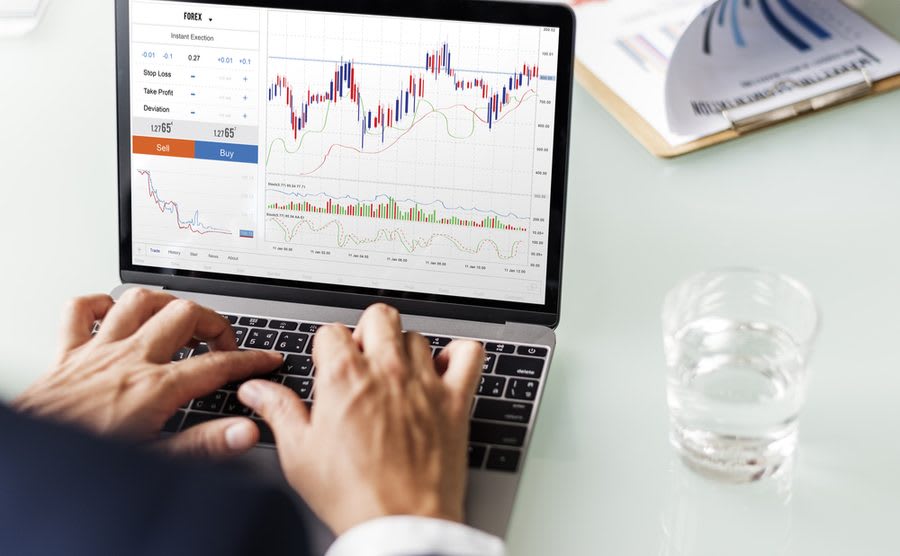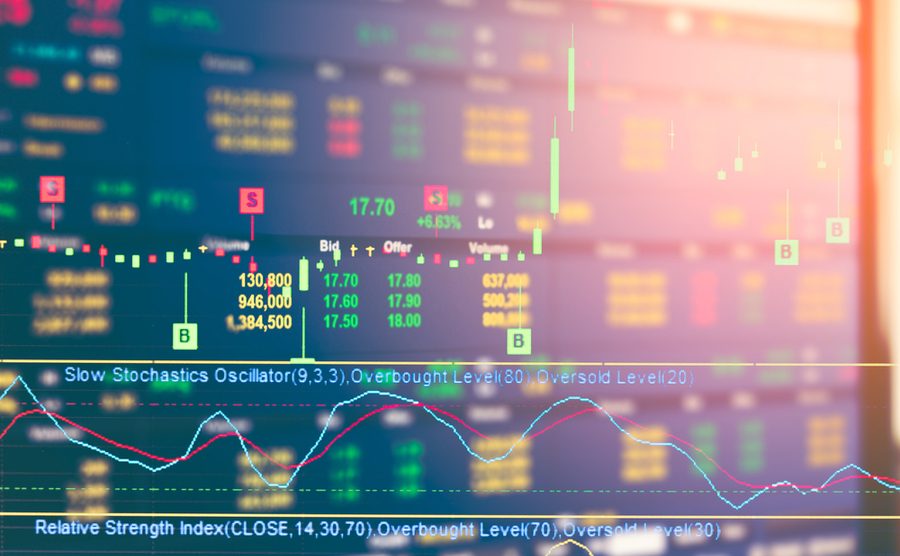We all know that exchange rates are constantly changing – all you need to do is to look at our live rates if you ever needed confirmation. But for many of us, what it actually is that pulls the markets back and forth isn’t so clear. This week, we’re looking behind the scenes of the currenc market at the top 5 influential factors in the exchange rate.
1. Purchasing Managers’ Index (PMI)
The Purchasing Managers’ Indexes are the results of monthly surveys of major business executives on a number of key areas, including inventory levels, new orders, production, supplier deliveries and staffing. The answers to these help put together a picture of economic health. This is represented by a number between 0 and 100. 0-49 shows the economy is shrinking and 51-100 shows it’s growing. 50 indicates no change.
There are different PMIs for countries and sector. In the UK, for example, two big ones that impact the pound sterling are the construction and services PMIs. Generally speaking, manufacturing PMIs come out on the first working day of the month, construction PMIs the next day and service PMIs the day after that.
As you’d expect, a negative PMI is one of the key factors in the exchange rate moving down. Likewise, if the PMI appears particularly positive, you can expect the exchange rate to move up.
2. Balance of payments
The balance is a key factor in the exchange rates. It’s a little more long-term than PMIs. Essentially, it covers the difference in value between payments heading in and coming out of the country or currency area, like the eurozone. A summary is published every month by major players including the UK. US. Australia and Germany. This has an important impact on the exchange rate.
If, for instance, the UK has a deficit, its imports are worth more than its exports. This means it has a negative balance of payments, as it’s sending more money out of the country to buy imports than is being sent into the country to buy its exports. Think of it as a bit like a national balance sheet, with income and outgoings.
How does this impact the exchange rate? It means that more sterling is being sold than bought. This is because imports are being bought in eg euro, dollars or other foreign currencies, so sterling needs to be exchanged for these currencies. UK exports are bought in sterling, so other currencies are exchanged into GBP for this – but the balance is less than in the other direction. This shows the markets that there’s a low demand for sterling and a high demand for eg euro, so the pound will fall in value.

There are a number of important factors in the exchange rate to take into consideration.
3. Interest rates
Interest rates are set by central banks, like the Bank of England (BoE), the European Central Bank (ECB) and the Federal Reserve. You’ll often see them headlining currency news – they’re a significant factor in the exchange rate. Again, it’s about the impact on demand for a particular currency.
If, for instance, the Federal Reserve raises interest rates, they’re making holding onto dollars more profitable. This means an increase in people wanting to buy USD – causing its value to rise. On the other hand, if they cut interest rates, we could conceivably see the dollar fall in value.
Not only that, but if investors get hints of a rate rise to come, that alone can cause the currency concerned to spike, as they buy preemptively. Generally, policy meetings are held by central banks eight times a year, where there may or may not be a rate change.
4. Inflation
Inflation is essentially the rate by which the general price level of services and goods grows or drops by. A country or currency zone facing high inflation will generally see its currency drop in value. That’s because the price of goods and services becomes less competitive with high inflation – imagine that a neighbouring country’s inflation rate is lower, so their goods aren’t become so expensive as quickly. As such, buying power from outside the country is reduced. It therefore makes less sense for investors to hold onto that currency.
5. Non-farm payrolls and earnings
Average earnings indices analyse the levels of pay across the economy of their country, showing whether they’re increasing or decreasing. Non-farm payrolls are just the US and Canadian names for the same thing.
These are closely analysed against predicted figures. If the real figures come out much lower, then it can knock investors’ confidence in the economy as a sign of a downturn. This can cause the currency to depreciate, or lose value, as the sell it in favour of a stronger one. On the other hand, if it comes in above expectations, then you can expect the currency to grow in value with greater demand to buy it.
Combining factors in the exchange rate
Of course, none of these factors operate in a vacuum – which is where the push and tug on all currencies comes from. There might be downward pressure from high inflation, but upward pressure from strong earnings data. That’s why no-one, not even the major banks, can truly predict what’s going to happen. If you’re about to make a major purchase abroad, or you’re regularly transferring money from one currency to the other, then you need to plan to protect against this risk. The easiest way is with a forward contract, whereby your Personal Trader can lock in one single exchange rate for up to a year.





















